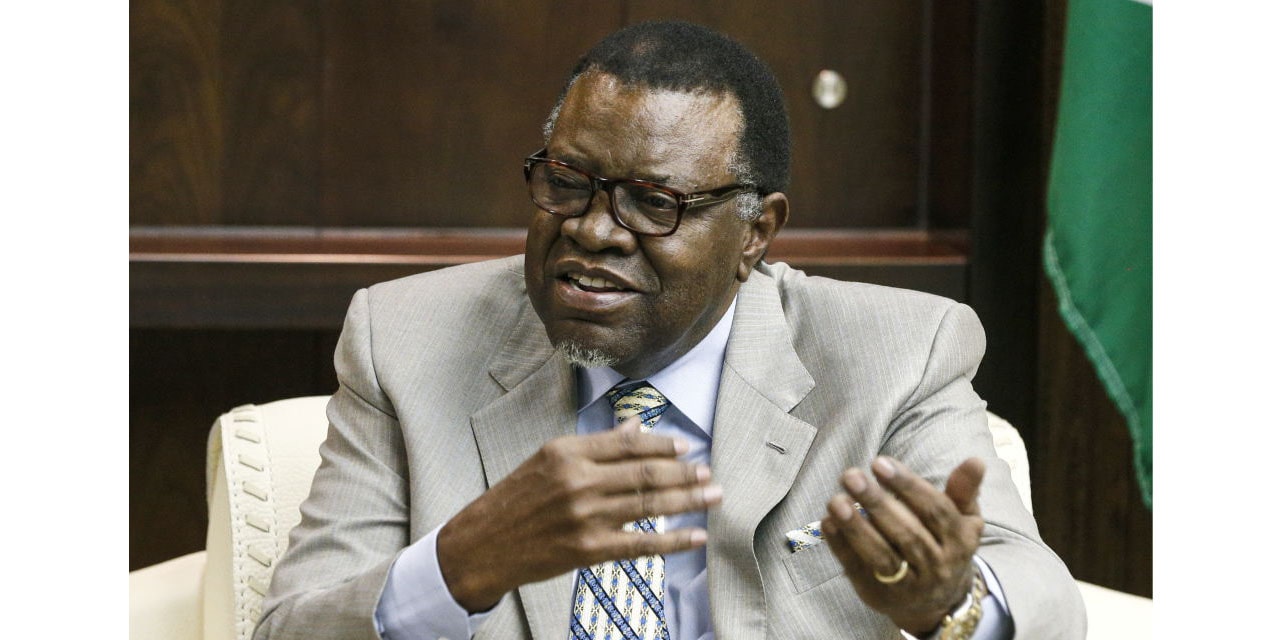Eba Kandovazu
AS of Sunday, fully vaccinated Namibians, permanent residents and truck drivers will no longer be required to present a negative PCR test result upon entry into Namibia as long as they present their vaccination cards.
The announcement was made today by President Hage Geingob at the 39th COVID-19 public briefing. Minister of the Ministry of Health and Social Services (MoHSS), Dr Kalumbi Shangula, explains that this category of people can enter the country at any time as long as the vaccine cards are authentic. “For all other categories of travelers, including truck drivers who are not fully vaccinated, the validity of a negative PCR COVID-19 test results remains 72 hours from the time of the collection of the specimen, to the time the individual presents him or herself at the point of entry into Namibia,” says Dr Shangula further explaining that Non-Namibians who arrive with PCR test results older than 72 hours, and are not in possession of a de-isolation certificate, will be denied entry in the country.
“Namibians who arrive without a valid PCR test result or a De-isolation Certificate will be subjected to a PCR test at own cost at the port of entry and will be quarantined at own cost. Such traveler will be released from quarantine if the PCR results are negative,”Shangula informs.
He adds that Namibian citizens and permanent residence permit holders who present positive PCR test results at points of entry may be allowed to proceed to theiP final destination and be subjected to isolation at own cost or to supervised home isolation provided that the they have obtained approval for such supervised home isolation from ministry.
Although no other measures have changed, the President says the new regulations will start on Sunday, until 16 February.
According to Geingob, as of 11 January, the regions with the highest fully vaccinated population coverage are Hardap at 23 percent, Kavango West and Omaheke at 19 percent, and Kunene and //Kharas regions at 18 percent each. The capital Khomas region records a fully vaccinated population coverage of only 17 percent. “The coverage of fully vaccinated populations remains low in primarily the following five regions, Zambezi at six percent; Ohangwena, Omusati and Oshikoto at nine percent and Oshana at 10 percent,” Geingob adds.
Although the vaccine is a personal medical decision, it is the best chance to kick-start the country’s economy. Other measures include 200 people per public gathering; no curfew, mandatory wearing of masks, and alcohol sales remain unchanged and education institutions may operate at full capacity.




